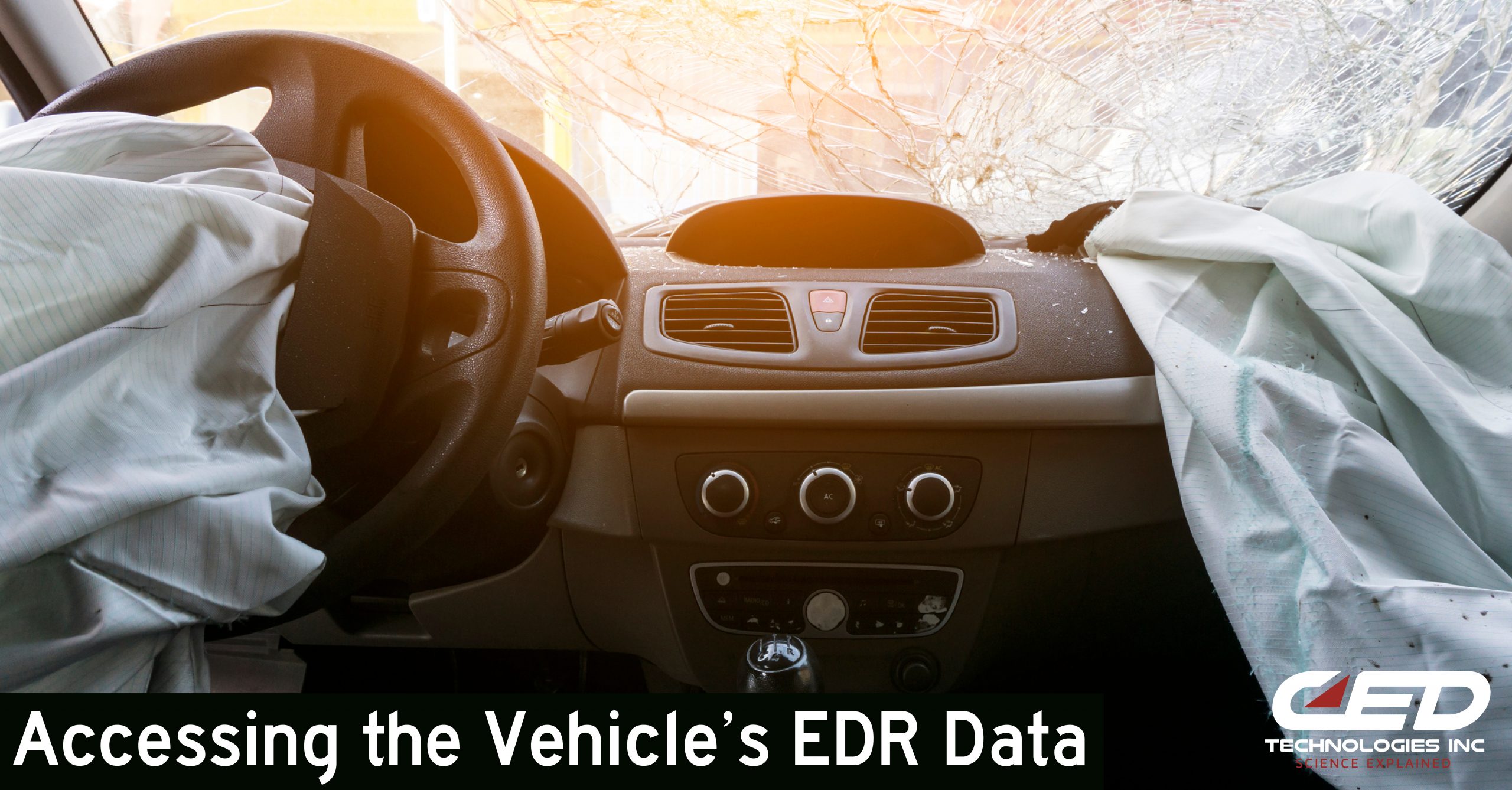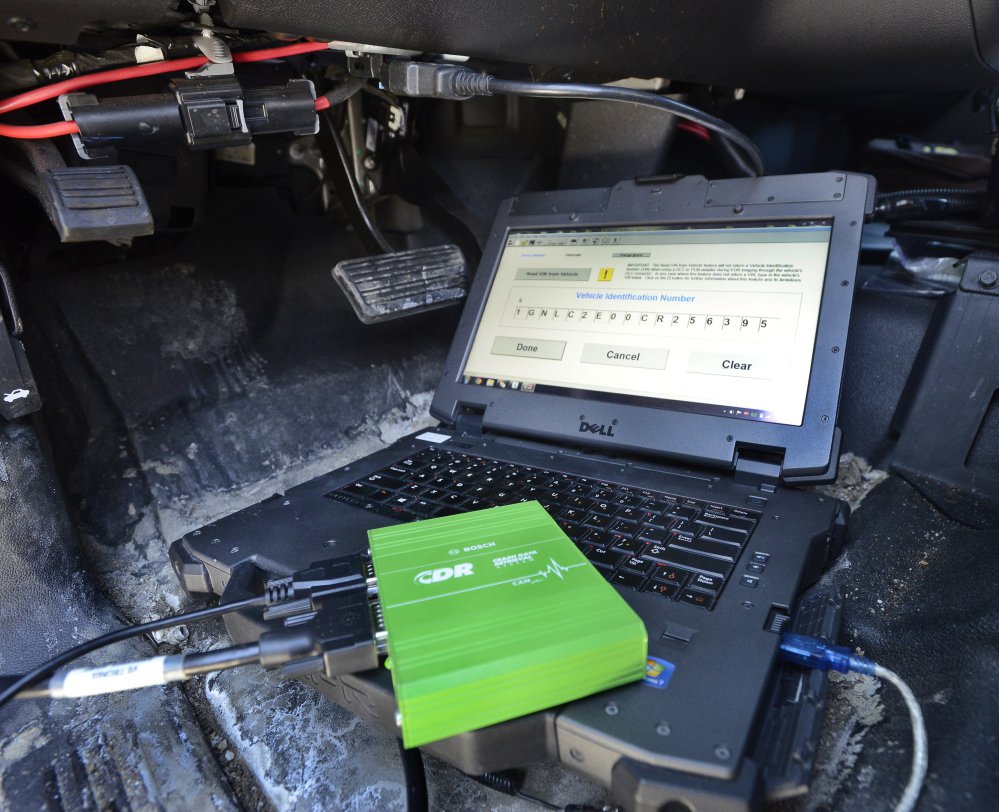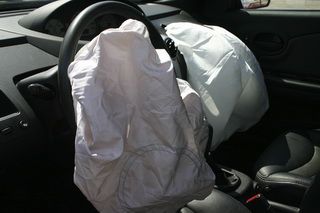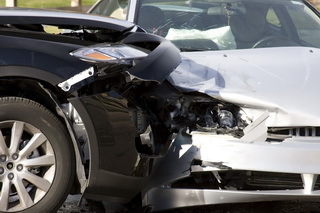An event data recorder (EDR), also known as a vehicle’s black box, captures crucial crash information that can support a situationally complete and accurate accident reconstruction. This EDR function is triggered by the restraint system “waking up” due to sudden, abnormal accelerations sensed by the system. Most modern passenger vehicles equipped with air bags have an EDR as part of the supplemental restraint system.
The National Highway Traffic Safety Administration (NHTSA) final ruling 49 CFR Part 563 defines the requirements for EDRs. This ruling states that if an EDR is installed in a vehicle, the manufacturer must make hardware and software for the imaging of the stored data available to the public.
Through the NHTSA ruling’s minimum standard, EDRs must record at least at least 15 types of crash data. Some of the required crash data include pre-crash vehicle speed, engine throttle, brake application, measured changes in forward velocity (Delta-V), driver safety belt use, airbag warning lamp status, and airbag deployment times.
The NHTSA also set standards for 30 other types of data if EDRs were voluntarily configured to record them. For example, if a manufacturer configured an EDR to record engine RPMs or ABS activity, then the EDR would have to record 5 seconds of those pre-crash data in half-second increments. All data must be able to survive a 30 MPH barrier crash and must be measured with defined precision.
The engineering experts and accident reconstructionists in CED’s Transportation Group have been trained to download and analyze vehicle EDR information. Once analyzed, this data can be used as part of the overall reconstruction of an accident. The EDR data should not be considered the only required element in a reconstruction, but rather one element of the overall reconstruction effort. A situationally complete reconstruction must be completed first in order to evaluate how the EDR data relates to the crash.
Based on the reconstruction of the crash, CED engineers would be able to opine on the mechanics of the crash and any contributing factors. To find out whether a vehicle has a supported EDR, and to discuss the benefits of this information to your claim or case, contact CED Technologies.
Simplify the search for the right expert and contact CED to find experts who are trained to understand proper inspection procedure. See our full list of engineers here.
Click Here to Submit an Inquiry for a Claim or Case.






